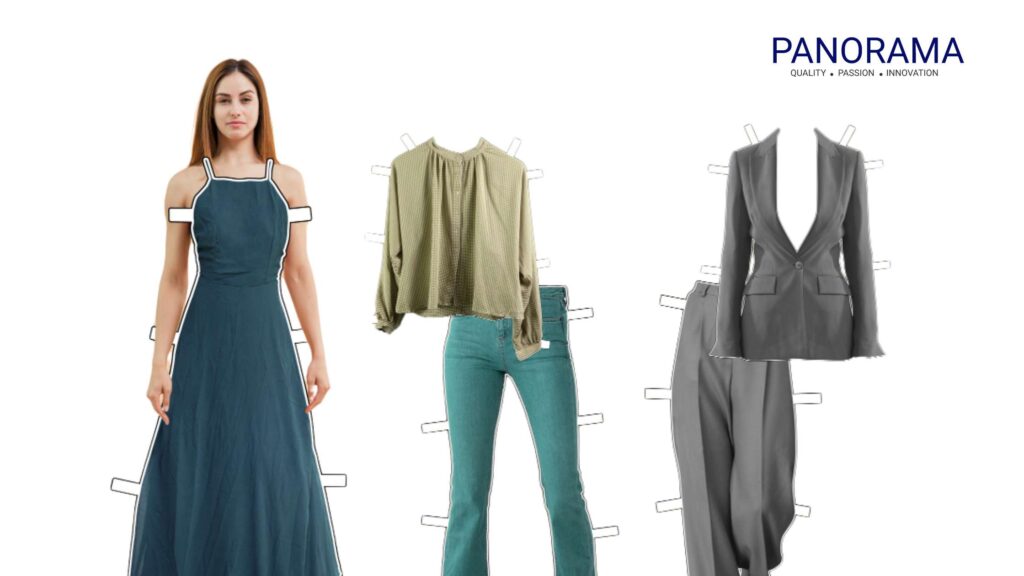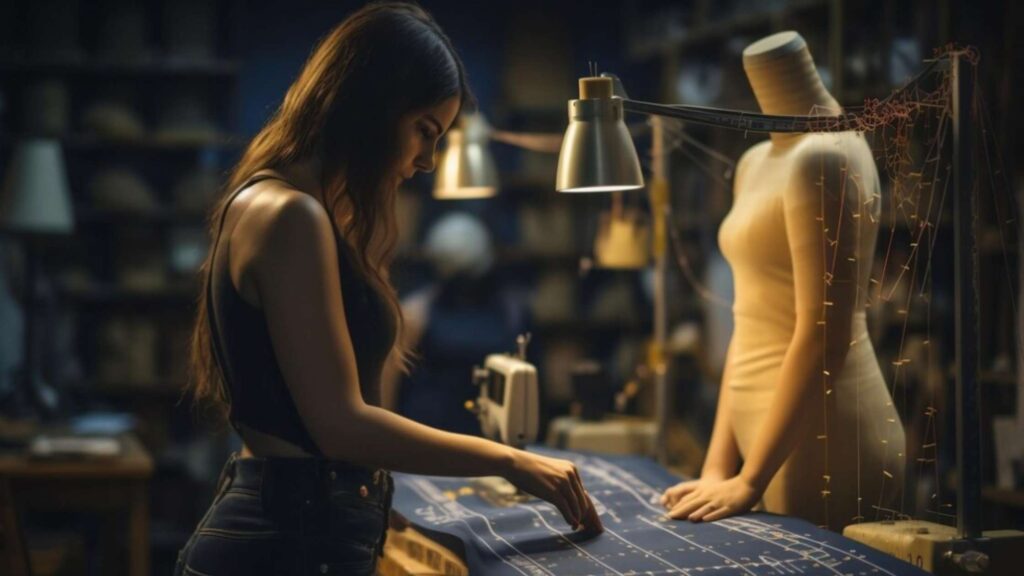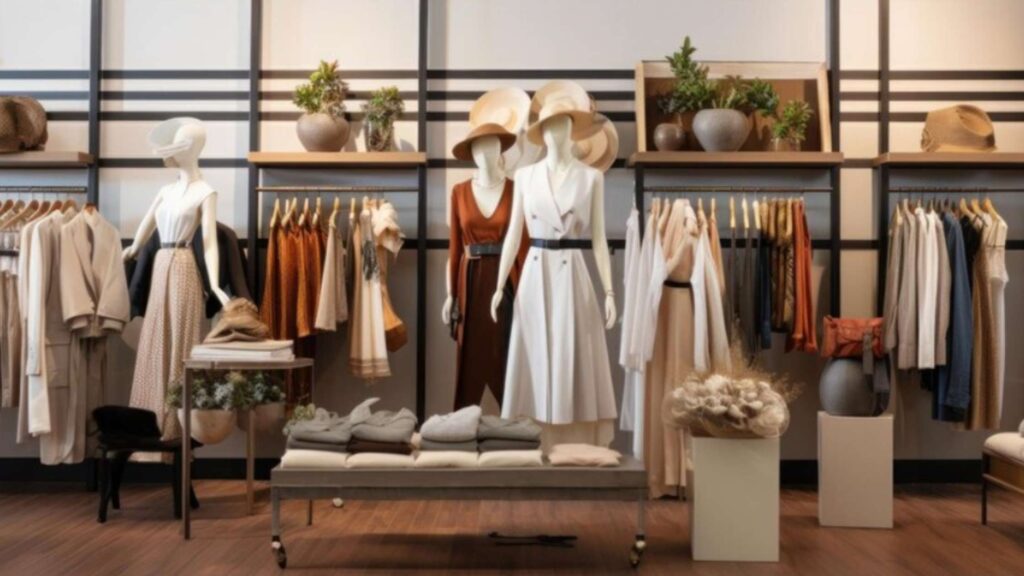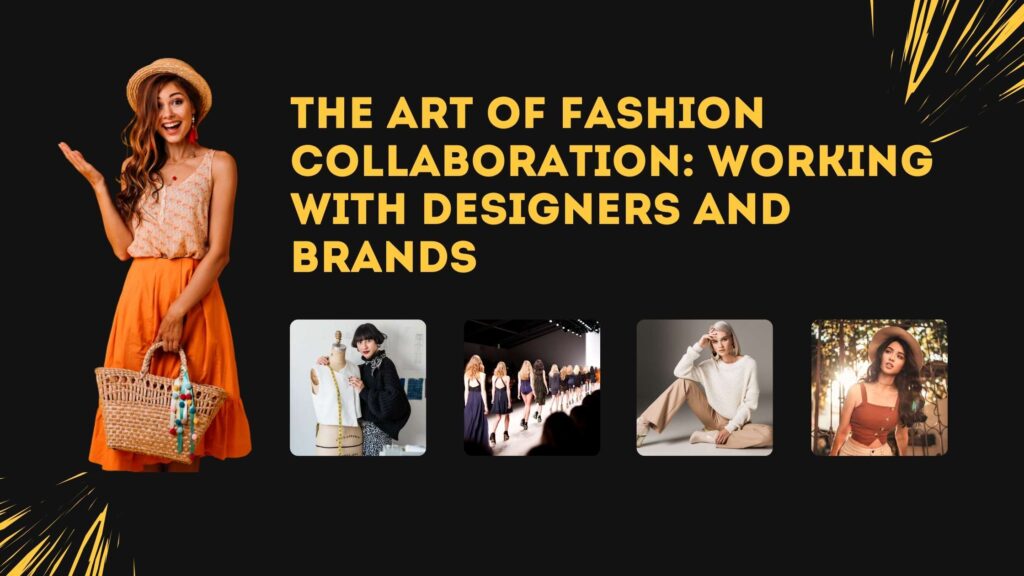Fashion, an ever-evolving expression of creativity and identity, often finds its most captivating forms through collaborative efforts between garment manufacturers and fashion designers. This artful synergy between two distinct realms – the creative vision of designers and the technical expertise of manufacturers – gives birth to fashion that transcends mere clothing. In this exploration of the “Art of Fashion Collaboration,” we delve into the collaborative process, the diverse types of fashion wear, and the transformative impact of these partnerships on the fashion landscape.
Types of Fashion Wear: A Canvas of Diversity

Fashion wear is not a monolithic entity; it encompasses a rich tapestry of styles and categories. Understanding these variations is crucial for fashion collaborations to effectively cater to diverse consumer preferences.
Haute Couture: This pinnacle of craftsmanship represents the epitome of exclusivity and luxury. Haute couture garments are meticulously crafted by skilled artisans and are often bespoke for individual clients.
Ready-to-Wear: Also known as pret-a-porter, ready-to-wear collections offer more accessible and mass-produced fashion without compromising on style and quality. These collections bridge the gap between high-end couture and everyday wear.
Streetwear: Born from urban culture, streetwear blends comfort, functionality, and style. Collaborations in streetwear often involve designers with a finger on the pulse of contemporary trends and cultural influences.
Athleisure: Blurring the lines between athletic wear and casual attire, athleisure reflects the growing demand for comfortable yet stylish clothing. Collaborations in this category often incorporate performance-focused designs with fashion-forward aesthetics.
Must Read : Embracing the Future: Fashion Trends Set to Dominate 2024
High Street Fashion: This accessible and affordable category caters to a broad consumer base. Collaborations here focus on creating trendy, budget-friendly fashion pieces that resonate with a wide audience.
The Collaborative Process: A Symphony of Creativity and Craftsmanship

The collaborative journey begins with the conceptualization phase. Designers and manufacturers come together to identify a theme or concept that will guide their collaborative efforts. This phase sets the tone for the entire project, influencing decisions on the type of fashion wear they will create.
Designing fashion clothes involves a dynamic exchange of ideas, with creative brainstorming sessions at its core. These sessions facilitate the merging of artistic vision and technical feasibility. Sketching and prototyping follow, bringing the envisioned designs to life on paper and through tangible samples. Material selection becomes a crucial step, with designers and manufacturers working hand in hand to source fabrics that align with the collaborative vision.
Must Read : Essential Steps for Setting Quality Standards in Garment Export
Artistic influences play a pivotal role in these collaborations. The infusion of art into fashion, and vice versa, adds a layer of depth and uniqueness to the final creations. This intersection of two creative realms results in garments that are not merely functional but tell a story, evoke emotions, and serve as wearable art.
The Art of Fashion: Balancing Aesthetics and Functionality

The essence of the collaborative process lies in mastering the art of fashion. It’s a delicate dance between aesthetics and functionality, where creativity meets craftsmanship. The collaborative pieces aim not only to adorn the human body but to make a statement, provoke thought, and push the boundaries of conventional design.
Creativity, innovation, and uniqueness are the guiding principles of the art of fashion. It’s about breaking away from the ordinary, introducing novel concepts, and challenging preconceived notions of style. Successful collaborations showcase the designers’ ability to weave a narrative into fabric, transforming fashion into a medium of self-expression and cultural commentary.
Successful Fashion Collaborations: A Tapestry of Impactful Partnerships
Examining successful collaborations provides insights into the transformative power of these partnerships. Case studies reveal how collaborations between designers and manufacturers have influenced the fashion industry and consumer perception.
One standout example is the enduring collaboration between Louis Vuitton and Japanese artist Takashi Murakami. The “Multicolore Monogram” collection, launched in 2003, not only reinterpreted the iconic monogram print but also became a cultural phenomenon. The collaboration seamlessly blended luxury fashion with contemporary art, setting the stage for a series of subsequent collections that maintained the delicate balance between exclusivity and mass appeal.
Raf Simons and Sterling Ruby’s collaboration marked a turning point in the world of high fashion. Simons, known for his avant-garde approach, collaborated with the multidisciplinary artist Ruby for his debut collection as Creative Director of Dior in 2012. The fusion of Simons’ fashion sensibilities with Ruby’s artistry resulted in a collection where garments became canvases for Ruby’s paintings. This collaboration showcased the potential to blur the lines between fashion and fine art.
Challenges in Fashion Collaboration: Navigating the Creative Landscape
While the art of fashion collaboration is a transformative force, it’s not without its challenges. Creative differences often emerge during the design process, requiring effective communication and compromise. Addressing conflicts in design visions becomes crucial to maintaining the integrity of the collaboration.
Must Read : Tips for Designing Fashionable and Functional Apparel
Production and logistics present another set of challenges. Ensuring a seamless production process, managing the supply chain, and addressing distribution challenges are paramount. Overcoming these hurdles requires a well-coordinated effort between designers and manufacturers, emphasizing the need for effective project management.
Future Trends in Fashion Collaboration: Shaping Tomorrow’s Wearable Art
As we peer into the future, two significant trends emerge in the art of fashion collaboration.
Embracing Sustainability: The fashion industry is increasingly embracing sustainable practices, and collaborations are no exception. Collaborations are expected to incorporate eco-friendly materials, ethical production processes, and a commitment to reducing environmental impact.
Must Read : Fashion and Functionality: Designing Garments for the Modern Lifestyle
Digital Innovations: Technology is becoming an integral part of collaborative design processes. Virtual collaborations, augmented reality experiences, and digital platforms for showcasing collaborative creations are shaping the future of fashion collaborations.
Frequently Asked Questions
Fashion collaborations bring together the creative vision of designers and the technical expertise of manufacturers, resulting in unique and impactful pieces that transcend traditional clothing. These partnerships contribute to the evolution of fashion, pushing boundaries and shaping the industry.
Collaborations span across various types of fashion wear, including haute couture, ready-to-wear, streetwear, athleisure, and high street fashion. Each category offers a distinct canvas for designers and manufacturers to express their creativity.
The collaborative process starts with conceptualization, where designers and manufacturers identify a theme or concept for their collaboration. This sets the tone for the subsequent phases of designing and creating fashion pieces.
Artistic influences play a pivotal role in collaborations, infusing depth and uniqueness into the designs. This intersection of art and fashion results in garments that tell a story, evoke emotions, and serve as wearable art.
The art of fashion lies in the delicate balance between aesthetics and functionality. Successful collaborations aim to create pieces that not only adorn the body but also make a statement, pushing the boundaries of conventional design.
Louis Vuitton’s collaboration with Takashi Murakami, and Raf Simons’ collaboration with Sterling Ruby are exemplary cases. These collaborations have influenced the fashion industry, showcasing how the fusion of luxury fashion and contemporary art can resonate with diverse audiences.

